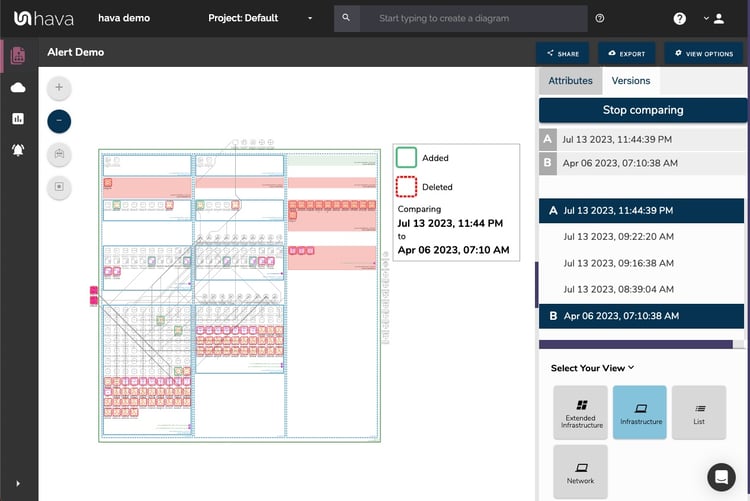Infrastructure drift is a common challenge faced by organizations that rely heavily on cloud services. It refers to the divergence of the actual state of cloud resources from their prescribed Infrastructure as Code (IaC) configuration. This drift can lead to potential security risks and operational challenges, making it crucial for businesses to understand its causes and effects.
The causes of infrastructure drift are varied and can occur due to several factors. Manual changes, such as configuration modifications, software updates, hardware malfunctions, and human error, can all lead to drift. These changes can impact the production environment, leading to discrepancies between the actual and intended state of the infrastructure.
Another common cause of infrastructure drift is conflicting Infrastructure as Code (IaC) code. This can occur when multiple development teams are working on the same infrastructure, leading to inconsistencies and drift. Poor practices, inappropriate permissions, and overlapping team boundaries can further contribute to drift. These issues can lead to unmanaged resources, creating a gap between the actual and desired state of the infrastructure.
The effects of infrastructure drift can be severe and far-reaching. Unmanaged drift can lead to security breaches, ransomware attacks, financial losses, increased resource costs, and increased support costs. It can also cause deployment failures due to configuration issues. These consequences can greatly affect critical cloud services and cloud security in cloud environments.
One of the key factors contributing to deployment failure is infrastructure drift. Therefore, managing infrastructure drift is essential to maintain system stability. Alterations to the configuration of code can potentially lead to infrastructure failure, causing infrastructure drift.
In conclusion, understanding the causes and effects of infrastructure drift is crucial for organizations relying on cloud services. By identifying the factors contributing to drift and the potential consequences of unmanaged drift, organizations can implement effective strategies to manage drift. This can help maintain the security and reliability of their cloud infrastructure, ensuring smooth operations and avoiding costly security breaches.
The starting point in diagnosing architectural drift is to identify the changes made to your architecture between two points in time.
If you had the foresight to implement hava.io into your diagramming and monitoring procedures then this task is effortless (unless you consider two clicks effort). You can simply choose any two diagrams from your environment retained historical versions and Hava shows you exactly what has been added and what has been removed between those two points in time.

You can read more about the capabilities of Hava Diff View and how to use it in this blog post: https://www.hava.io/blog/diff-view-easily-identify-cloud-resource-changes

Alternatively, grab a free trial and check it out for yourself.





